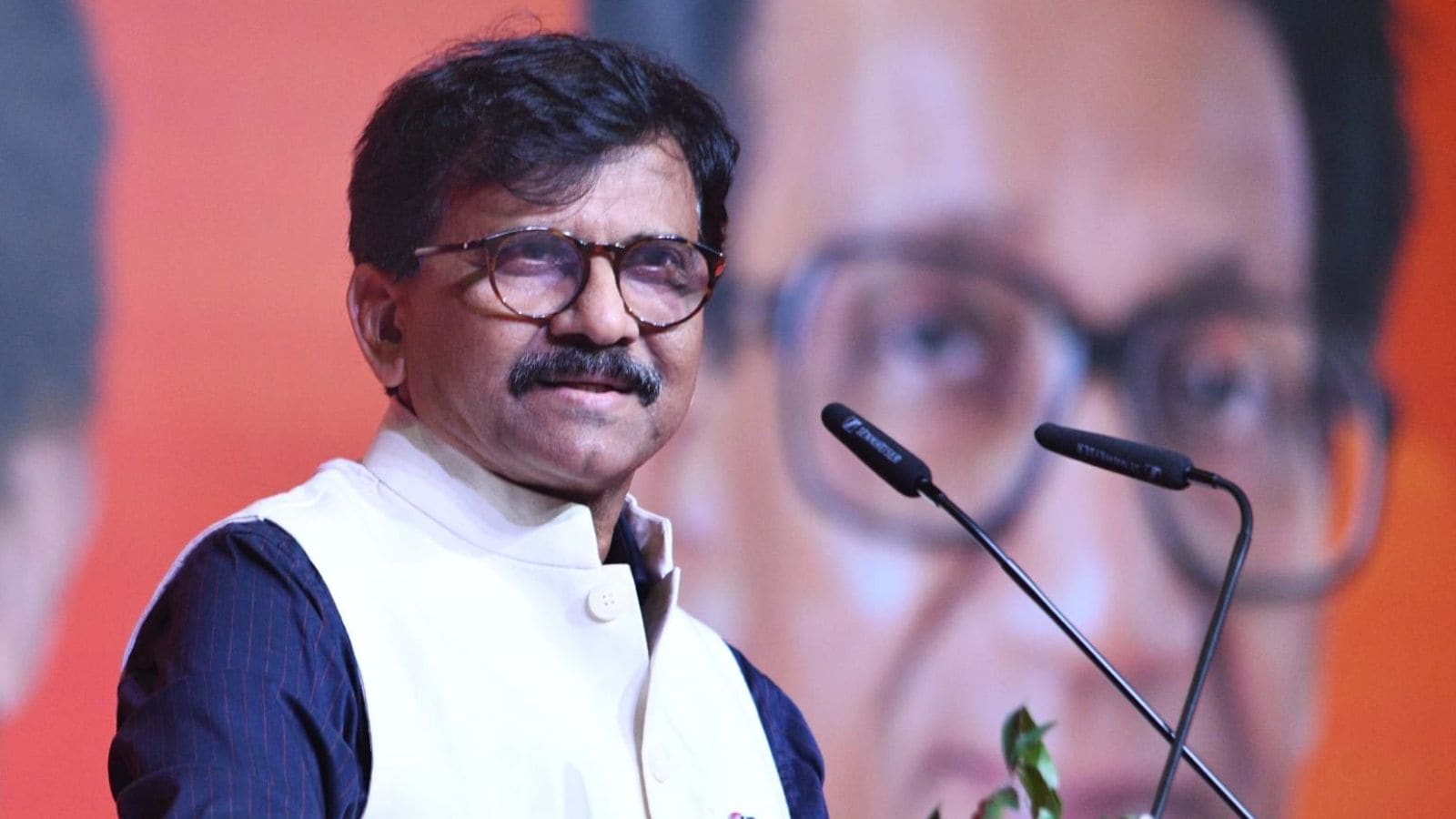 |
|
The recent Delhi Assembly elections resulted in a significant victory for the BJP, ousting the incumbent Aam Aadmi Party (AAP). However, the aftermath has been dominated by a blame game between the AAP and the Congress, with the Shiv Sena (UBT) also weighing in. The core argument centers on the possibility of an AAP-Congress alliance, which various parties believe could have significantly altered the election's outcome. Sanjay Raut, spokesperson for the Shiv Sena (UBT), asserted that a united front between the AAP and Congress would have prevented the BJP's rise to power, pointing to the combined vote share of the two parties exceeding that of the BJP. He emphasized the importance of future unity within the INDIA bloc for upcoming elections, urging both parties to learn from their mistakes and present a stronger, more unified image to voters. This sentiment highlights the strategic implications of inter-party cooperation in Indian politics and the potential impact on electoral results.
The Congress party, however, places the blame squarely on the AAP. Maharashtra Congress spokesperson Atul Londhe claimed that the Congress was willing to form an alliance, but the AAP showed disinterest, seemingly prioritizing a solo victory. He specifically mentioned instances where the Congress sought alliances in previous elections, only to be rebuffed by the AAP. This disagreement underscores the internal political dynamics and strategic differences that hampered the formation of a potentially powerful opposition coalition. Londhe also highlighted the Congress’s struggle in Delhi, noting the lingering positive image of the previous Sheila Dixit government and the perception that the election was a binary choice between AAP and BJP, ultimately hindering the Congress's electoral performance.
Beyond the immediate blame game, the analysis extends to the individual leadership styles and potential ego clashes between Arvind Kejriwal and Rahul Gandhi. A senior Congress leader pointed out that both leaders' reluctance to compromise, coupled with apparent grievances against each other, has hindered the development of a strong, unified opposition. This observation underlines the potential human element at play, indicating that personality differences and political maneuvering can overshadow strategic collaborations critical for achieving broader political goals. The failure to unite against a common enemy — the BJP — is viewed as a significant missed opportunity by many analysts.
Further fueling the post-election analysis, the AAP itself offered varying perspectives. While some AAP spokespeople conceded that an alliance might have altered the results, pointing to instances where Congress votes may have cost AAP seats, others emphasized alleged BJP manipulation of the electoral process, including voter list irregularities. These differing narratives highlight the complexity of dissecting election outcomes, where multiple contributing factors, including both strategic decisions and potential irregularities, can interplay. Chetan Bendre, an AAP leader, described the election as deeply unfair, alleging that the BJP extensively used the electoral machinery and police force to its advantage, raising serious concerns about the fairness and integrity of the election process.
Adding another layer to this complex analysis is the opinion of activist Anna Hazare, who criticized AAP's performance, attributing its defeat to the controversial liquor policy and an excessive focus on financial gain. Hazare's criticism, coming from a figure known for his anti-corruption stance, lends weight to the narrative of public dissatisfaction with AAP's governance. This highlights the importance of aligning policy decisions with public opinion and the potential political consequences of controversial policies. The diverse perspectives expressed—ranging from inter-party blame to allegations of electoral manipulation to critiques of policy failures—paint a multifaceted picture of the Delhi election and its lasting impact on Indian politics. The outcome serves as a crucial case study in analyzing the complexities of coalition building, the importance of intra-party unity, and the influence of governance policies on electoral success.
